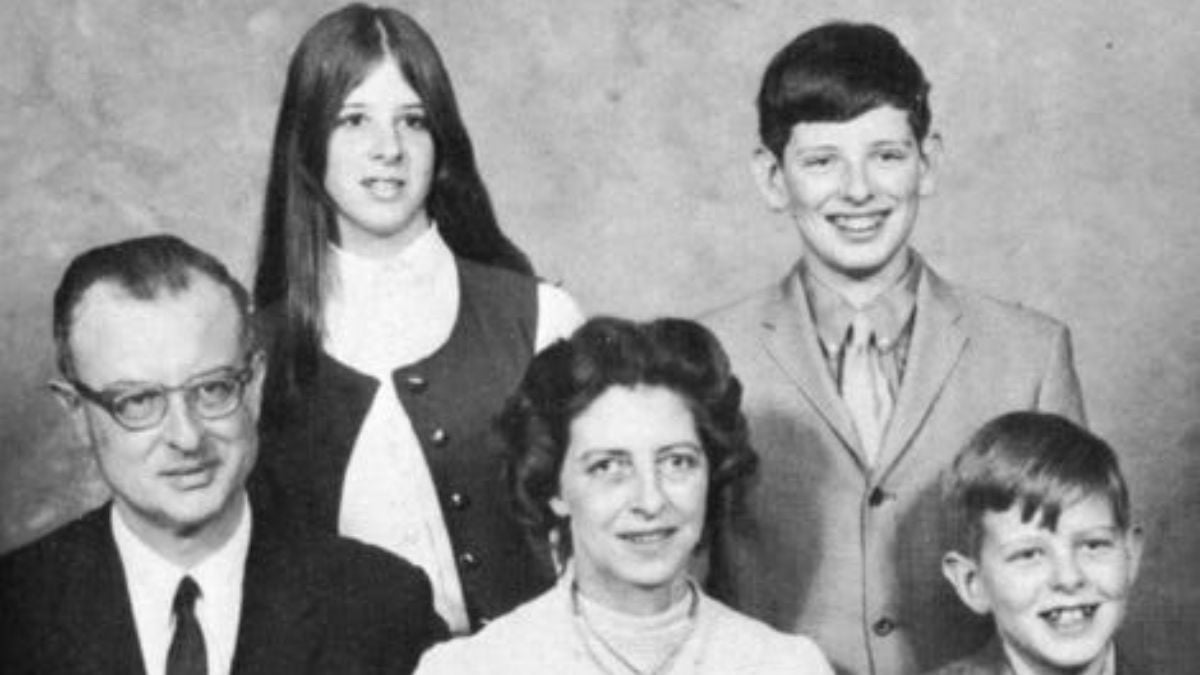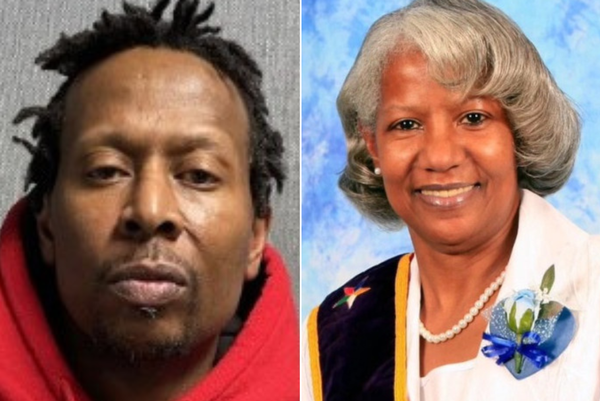
On November 9, 1971, John List committed one of the most planned family murders in American history. The 46-year-old accountant and Sunday school teacher killed his wife Helen, his mother Alma, and his three children, Patricia, John Jr., and Frederick, in their 19-room house in Westfield, New Jersey.
List shot each family member with a handgun and put their bodies in the ballroom. He left a confession letter at the scene explaining what he did, then disappeared without leaving any clues.
List had planned the murders carefully to make sure no one would find out right away. He stopped milk and newspaper deliveries, wrote to his children’s schools saying the family would be away visiting a sick relative, and closed his bank accounts. By the time police found the bodies on December 7, 1971, List had already disappeared. Police found his car at John F. Kennedy Airport in New York, but there was no proof he had gotten on a plane. The FBI later learned he had traveled by train to Michigan, then to Colorado.
In his confession letter, List said he did it because of money problems and religious worries. He had lost his job at a Jersey City bank and was scared his family would be poor. “I finally decided the only way to save them from that was to kill them,” List later told ABC News in an interview. As a serious Lutheran, he believed killing his family would make sure their souls went to heaven and save them from the shame of being broke.
How a clay sculpture led to his capture
For almost 18 years, List lived under the fake name Robert Peter Clark. He moved to Colorado, married again to a woman named Dolores Miller in 1985, and worked as an accountant. His new wife knew nothing about his past. In 1988, the couple moved to Midlothian, Virginia, where List continued to live his quiet life as Bob Clark.
In 1971, 46-year-old John List lost his job at a bank and couldn't bear to tell his family the truth.
— Fascinating (@fasc1nate) February 18, 2025
After a failed job search, he would later say that he had only one option: murdering his family and disappearing forever. He believed without money, his family would turn… pic.twitter.com/tGJJAEWh6b
The case stayed cold until New Jersey police contacted the television show America’s Most Wanted in 1989. The show’s producers asked artist Frank Bender to make a clay sculpture showing what List might look like after 18 years. Bender gave him thinning hair, a sagging jaw, and glasses. The show aired on May 21, 1989, and about 22 million people watched it.
Within days, hundreds of tips came in. One came from Wanda Flannery in Virginia, who thought her former neighbor, Robert Clark, looked like the sculpture. She knew Clark was an accountant and went to church regularly, which matched what they knew about List. FBI agents arrested List on June 1, 1989, at his accounting office in Richmond, Virginia. The success marked a big moment for cold cases that were eventually solved through new investigation methods.
List said at first that he was not John List, but finally admitted the truth after fingerprint tests matched his military records. In April 1990, he was found guilty of five counts of first-degree murder and received five consecutive life sentences. List died in prison on March 21, 2008, at age 82, from problems caused by pneumonia.







